THERMAL MEASUREMENTS
Neotim’s philosophy also applies to service delivery: offering specific solutions tailored to your needs.
Neotim relies on its own means of measurement as well as those of the Centre RAPSODEE (Centre de Recherches d'Albi en génie des Procédés des Solides Divisés, de l'Energie et de l'Environnement, UMR CNRS 2392) of the Ecole des Mines d'Albi-Carmaux and on several devices of physico-chemical analysis or methods of thermal metrology allowing to characterize any type of materials (solids, liquids, pasty, etc.) under various atmospheres.
We also carry out in-situ measurement campaigns using existing or specifically developed sensors.
THERMOPHYSICAL CHARACTERIZATION
Measure of :
- Thermal conductivity
- Thermal diffusivity
- Specific heat
- Thermal effusivity
Les méthodes de mesure :
- Hot-Disk
- Hot wire
- Flow meters
- Flash method
- Calorimetry
In various atmospheres :
- Vacuum : from 10-4 mbar to 1 bar
- Temperature : < 750°C
- In controlled humidity
- Under inert gases
We also produce specific sample holders adapted to high temperatures or measurements on phase-changing materials.
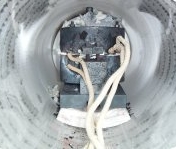
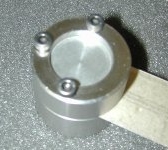
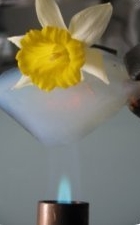
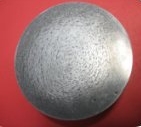
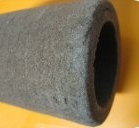

The measurement methodology
FP2C
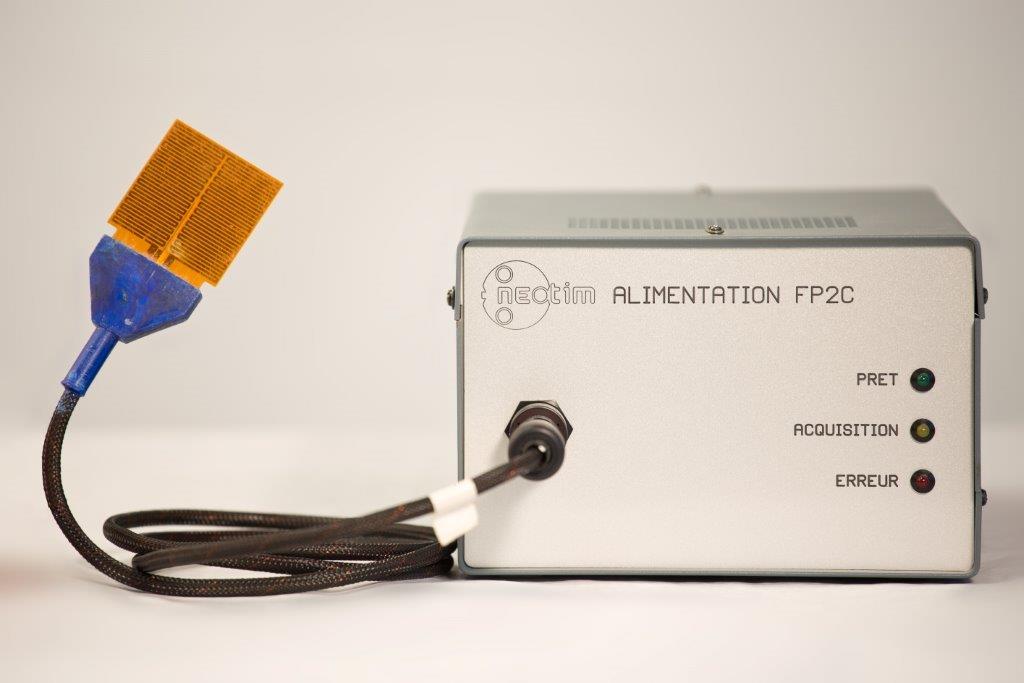
The hot wire method makes it possible to estimate the thermal conductivity of a material from the evolution of the temperature measured by a thermocouple placed near a resistive wire. The probe, made up of the resistive wire and the thermocouple in an insulating kapton support, is positioned between two samples of the material to be characterized.
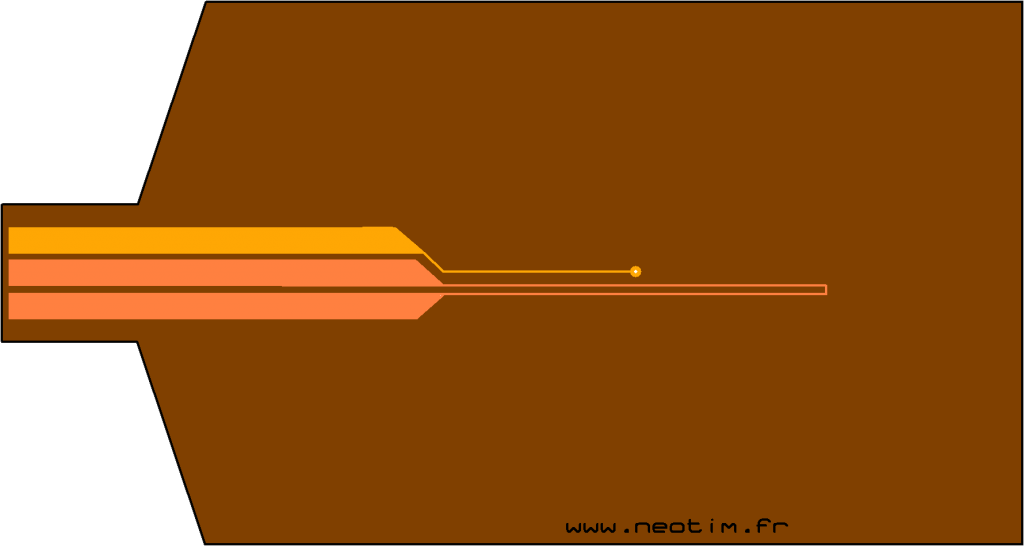
Hot Wire probe
Conductivity from 0,02 to 5 W.m-1.K-1
Measuring temperature from –60 to 100 ° C and 100 to 250 ° C with a specific optional probe
Samples: at least 60x40 mm, from several millimeters thick for the insulators to a few centimeters for the more conductive
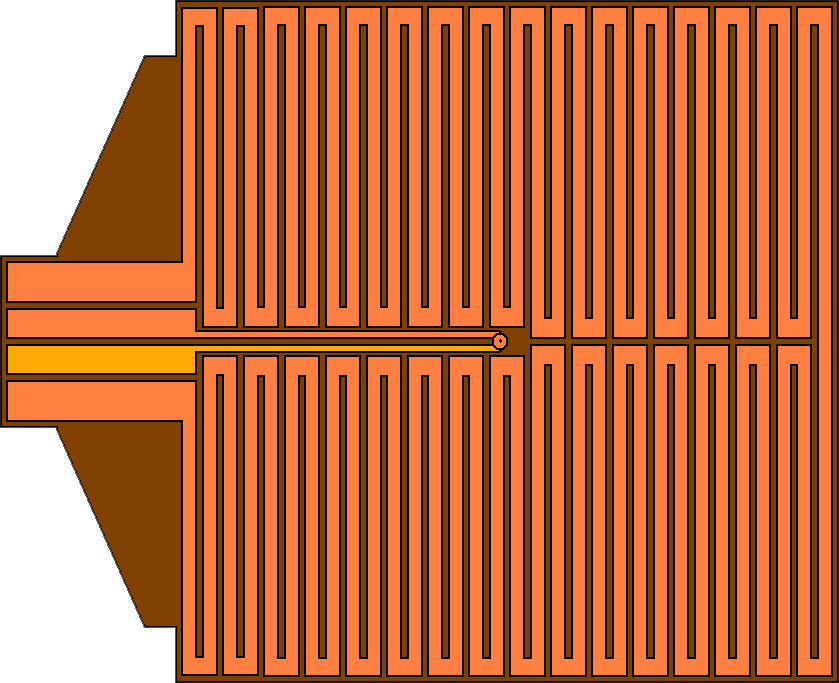
Hot Surface probe
Thermal effusivity: from 20 to 10,000 J.m-2.K-1.s-1/2
Measurement temperature: -60 to 100 ° C
Minimum sample size: 50 x 50 mm, from a few millimeters thick for an insulator to a few centimeters for a conductor
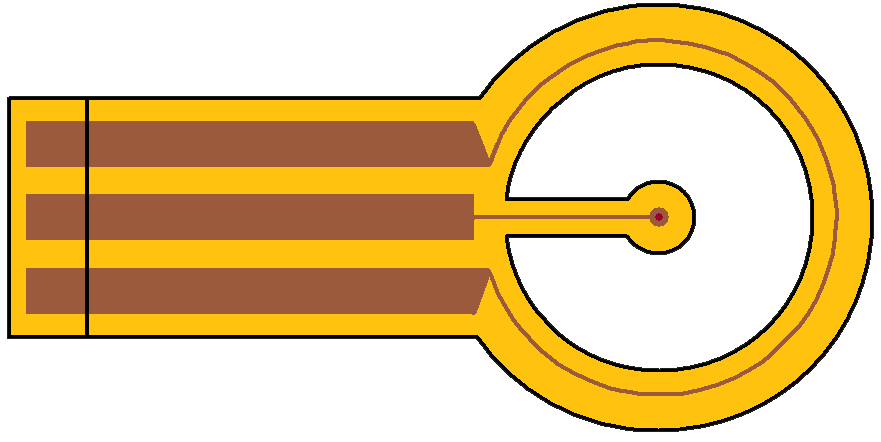
Hot Ring probe
Diffusivity from 0.1 to 4mm².s-1
Measuring temperature from –60 to 100 ° C
Samples: at least 25 x 25 mm, from a few millimeters thick for an insulator to a few centimeters for a conductor.

Needle probe
Conductivity from 0,02 to 5 W.m-1.K-1
Measuring temperature from -20 to 100 ° C
Samples: at least covering the metal part of the probe, from a few millimeters thick for an insulator to a few centimeters for a conductor.
CTMF
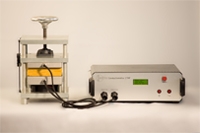
The fluxmetric method consists of producing a temperature gradient along the thickness of the sample to be characterized and measuring the heat flux passing through it.
- Conductivity from 0.01 to 1 W.m-1.K-1
- Measuring temperature from 15 to 100°C
- Samples: 150 x 150 mm, thickness from 5mm to 20mm
We have developed our own fluxmetric method device which we have called CTMF.
HOT-DISK
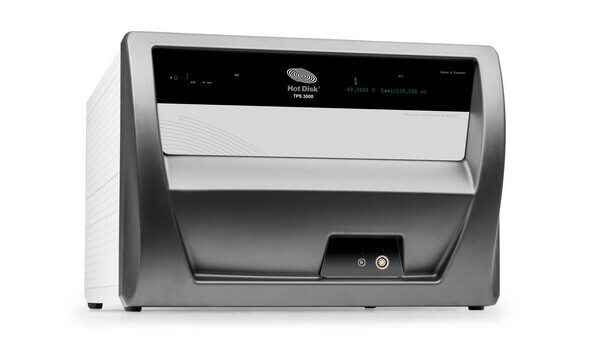
The Hot Disk is a thermophysical property analyzer developed by a Swedish company that uses the patented transient planar source technique. A probe consisting of a double spiral of nickel on an insulating support in kapton or mica (depending on the measurement temperature) is positioned between two samples of the material to be characterized.
The Hot Disk measures thermal conductivity and diffusivity and allows estimation of specific heat.
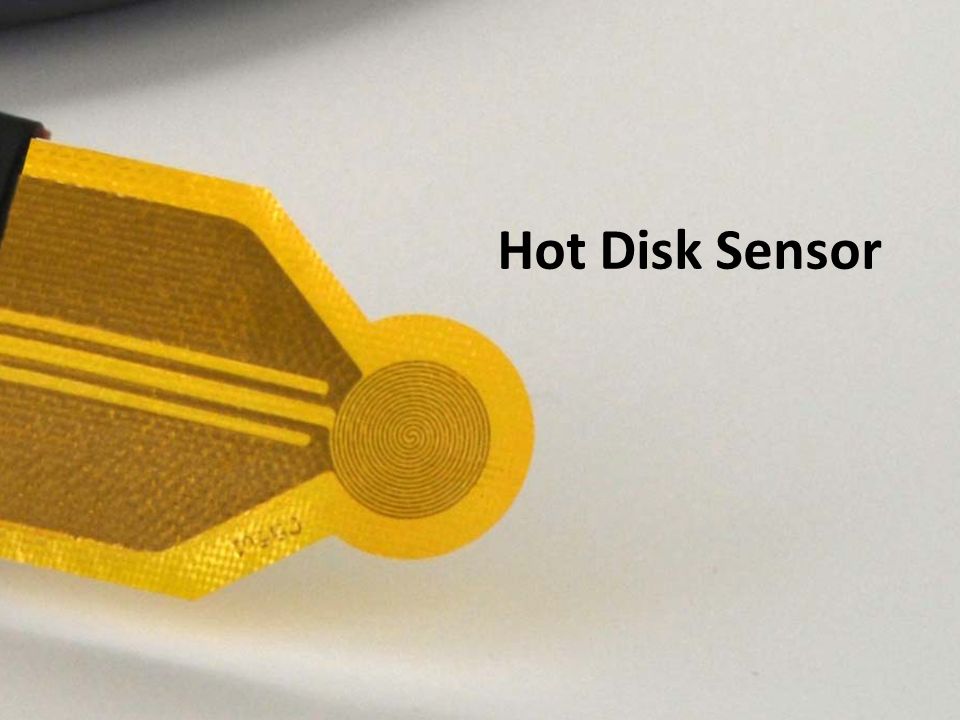
- Kapton probe - Conductivity from 0,01 to 500 W.m-1.K-1 - Measuring temperature -30 to 750°C - Samples: from a few millimetres thick for insulators to a few centimetres thick for conductors. Consult us for other dimensions.
FLASH METHOD
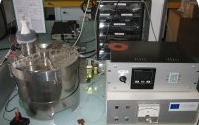
- Thermal diffusivity from 0,01 to 100 mm2.s-1 - Measuring temperature from 20 to 200°C. - Cylindrical samples with a diameter of 35mm, thickness depending on the thermophysical properties.